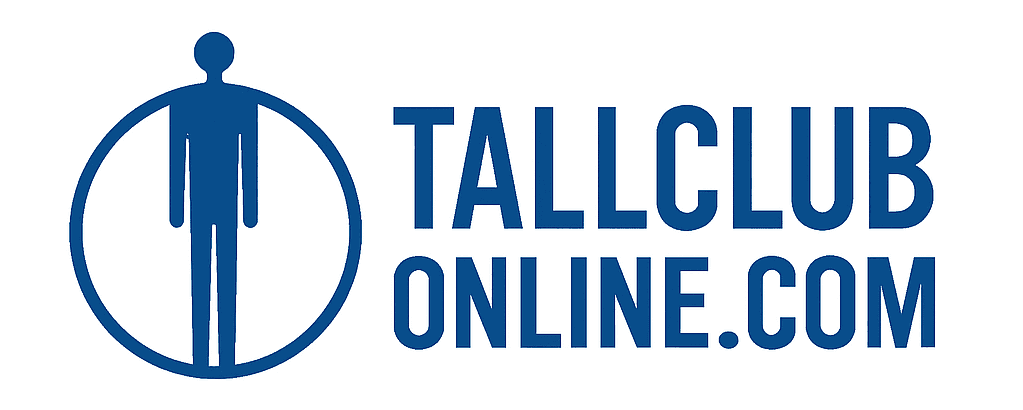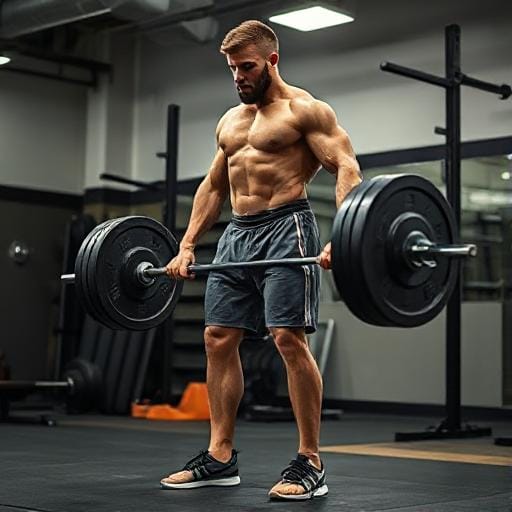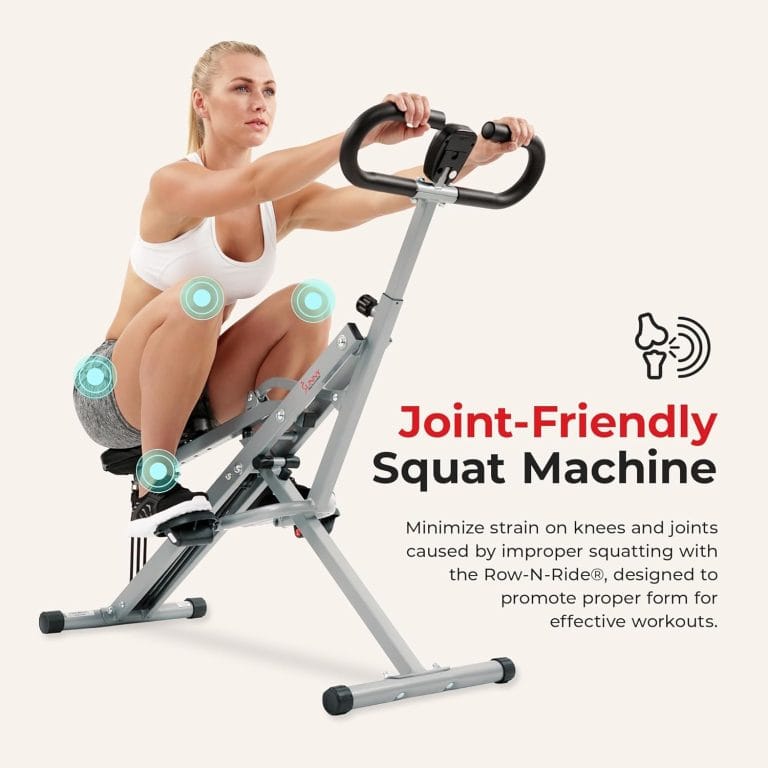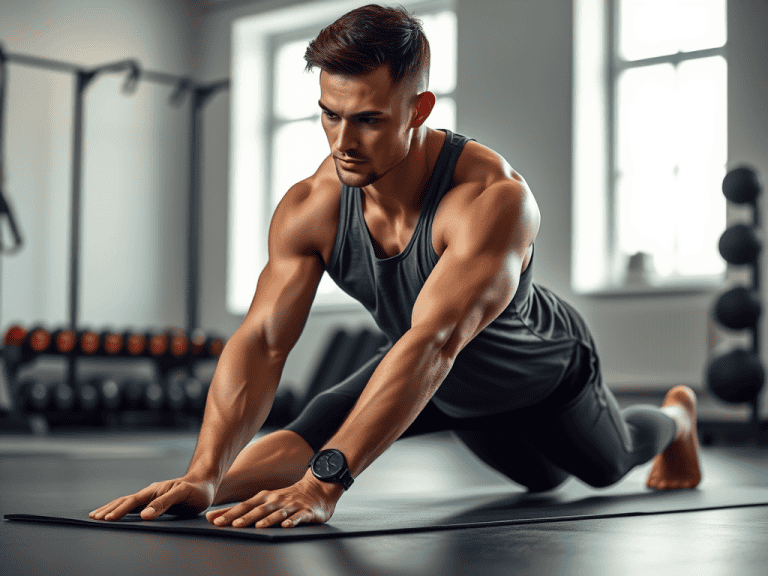Strength Training for Tall Frames: Optimize Form and Prevent Injury
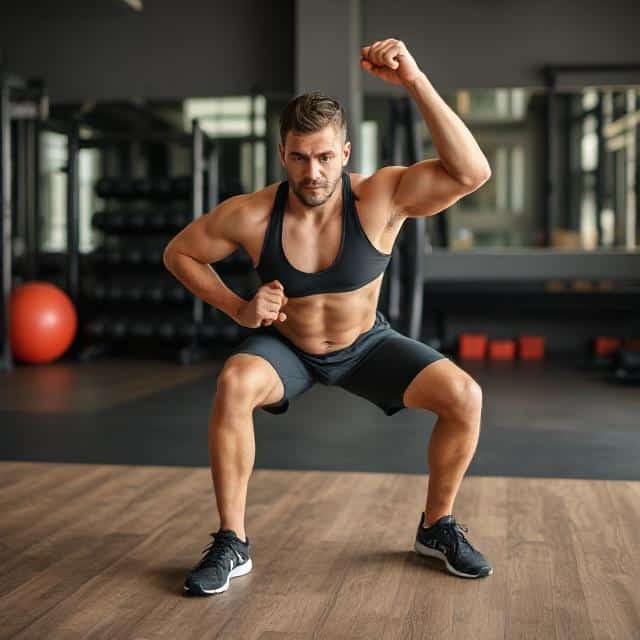
Strength training is one of the most effective ways to build muscle, increase endurance, and improve overall fitness. However, for tall individuals, certain adjustments are necessary to ensure that you are training effectively while minimizing the risk of injury. Tall frames can present specific challenges when it comes to maintaining proper form and preventing strain on your joints and muscles during strength training.
In this article, we’ll explore how to optimize strength training for tall bodies, focusing on the unique challenges tall individuals face and offering tips for maximizing gains while protecting your body.
Why Tall People Need Specialized Strength Training
Tall bodies often have longer limbs, which means more movement occurs in each exercise. Without proper form and adjustments, tall individuals are more likely to experience discomfort or injury during strength training exercises. For example, a longer arm or leg might lead to excessive strain on the joints, particularly the shoulders, knees, and lower back.
The good news is that with the right approach and adjustments, tall individuals can enjoy all the benefits of strength training without compromising their health or safety.
1. Understanding Body Mechanics for Tall Frames
The first step to successful strength training for tall individuals is to understand how your body mechanics differ from those of shorter people. As a tall person, you have longer bones and joints, which may affect the range of motion and alignment during certain exercises.
Key body mechanics considerations:
Longer levers: Tall people have longer limbs, which means that exercises like deadlifts or bench presses may require more focus on maintaining proper alignment and control.
Joint stability: The longer limbs can place extra pressure on your joints, especially during high-load exercises. Ensuring that you are using the right form will help to stabilize your joints and avoid injury.
Core strength: A strong core is essential for tall people because it helps support the longer spine during strength training. A weak core can lead to poor posture and an increased risk of injury.
2. Exercises to Focus on for Tall People
While most strength training exercises can be performed by tall individuals, certain exercises may require more focus on form and adjustments to ensure safety and effectiveness.
Squats
Squats are a fundamental strength exercise that builds lower body strength. However, tall people may find that their longer legs make squats more difficult. To improve your squats:
Foot placement: Widen your stance slightly and point your toes outward. This will give you more room to drop into the squat without feeling too cramped.
Depth: Aim for a full range of motion, but be mindful of your knee alignment. Avoid letting your knees collapse inward by focusing on pushing them out.
Deadlifts
Deadlifts can be challenging for tall individuals due to the long range of motion. To perform deadlifts correctly:
Start position: Use a barbell with the proper height and ensure that your back stays straight as you lift. Tall people often have a tendency to round their back, so maintaining a neutral spine is crucial.
Grip: Keep your hands shoulder-width apart and engage your core. If your arms are too long to maintain proper form, consider using a wider grip or an overhand grip.
Bench Press
Tall individuals may find it difficult to maintain proper alignment during the bench press, as their longer arms require a greater range of motion. To make the bench press more effective:
Bar path: Ensure that the bar moves in a straight line and doesn’t travel too far forward or backward. The ideal bar path should be perpendicular to the ground.
Adjust the bench: A slight incline or decline can help adjust the angle for taller individuals to avoid straining the shoulders.
Overhead Press
Tall individuals may struggle with overhead presses due to their long arms and the potential strain on the shoulders. Here’s how to adjust:
Core engagement: Keep your core engaged throughout the press to avoid arching your back.
Adjust grip width: A wider grip may allow for better shoulder alignment and more stability.
3. The Importance of Mobility and Flexibility
Tall individuals can benefit from a greater focus on mobility and flexibility to ensure that their joints and muscles are flexible enough to handle strength training exercises effectively.
Hip Mobility
Poor hip mobility can limit your ability to perform squats and deadlifts properly. To improve hip mobility:
Hip stretches: Incorporate hip openers and dynamic stretches into your warm-up routine.
Foam rolling: Focus on rolling out tight areas around the hips to release tension.
Shoulder Flexibility
Shoulder mobility is particularly important for tall individuals because of the extended range of motion required for presses and overhead movements. Stretching the shoulders can help prevent strain and injury:
Shoulder stretches: Use stretches like doorway chest stretches and overhead triceps stretches to improve flexibility.
Foam rolling: Roll out your upper back, shoulders, and lats to maintain flexibility.
Spinal Mobility
For tall people, spinal mobility is critical. A stiff spine can lead to poor posture and imbalances. Incorporating spinal mobility exercises will help:
Cat-Cow stretch: This movement helps maintain spinal flexibility and reduces tension in the lower back.
Thoracic extension exercises: These exercises help improve mobility in the upper spine.
4. Importance of Core Strength for Tall People
A strong core is essential for tall individuals, especially when performing heavy lifting exercises like deadlifts, squats, and overhead presses. The core helps stabilize the spine and protect it during strength training.
Core exercises for tall individuals:
Planks: Engage your core by holding a plank position for 30-60 seconds.
Russian twists: These help strengthen your obliques and improve overall core stability.
Leg raises: These exercises target the lower abdominals, helping to support your spine during lifting.
5. Common Mistakes Tall People Should Avoid
While strength training, tall individuals should avoid certain common mistakes to prevent injury and ensure optimal performance:
Neglecting proper form: Tall people tend to compensate for longer limbs by using improper form. Focus on maintaining neutral spine alignment and controlling the movement through your muscles.
Not adjusting equipment: Whether it’s adjusting the height of a weight bench or using a wider grip, make sure your equipment fits your body properly.
Skipping warm-up: Warm-up is essential for any workout, but it’s especially important for tall individuals. A dynamic warm-up increases blood flow to your muscles and improves flexibility, reducing the risk of injury.
Key Takeaways
Optimize your form: Tall individuals need to focus on proper form and alignment during exercises like squats, deadlifts, and bench presses.
Use adjustable equipment: Make sure your gym equipment is adjustable to accommodate your height and body mechanics.
Focus on mobility: Incorporate mobility exercises for your hips, shoulders, and spine to prevent stiffness and enhance performance.
Engage your core: A strong core is essential for maintaining good posture and supporting your spine during strength training.
Avoid common mistakes: Pay attention to your form, adjust equipment as needed, and always warm up before strength training.
FAQ: Strength Training for Tall People
Q1: How can I make deadlifts easier for my tall frame?
Ensure that your form is correct by maintaining a neutral spine and using a wider grip. Start with lighter weights to focus on proper form before progressing to heavier loads.
Q2: Do I need special equipment for strength training as a tall person?
It’s helpful to use adjustable equipment that fits your body, such as longer weight benches or wider barbells. Make sure your gym equipment allows you to adjust it to your needs.
Q3: How can I improve my shoulder flexibility for pressing exercises?
Incorporate shoulder stretches into your warm-up, such as doorway stretches and overhead triceps stretches. Foam rolling your upper back and shoulders will also help improve flexibility.
Q4: Is core strength really that important for tall people during strength training?
Yes! A strong core helps stabilize your spine and provides better control during lifting exercises, reducing the risk of injury.
